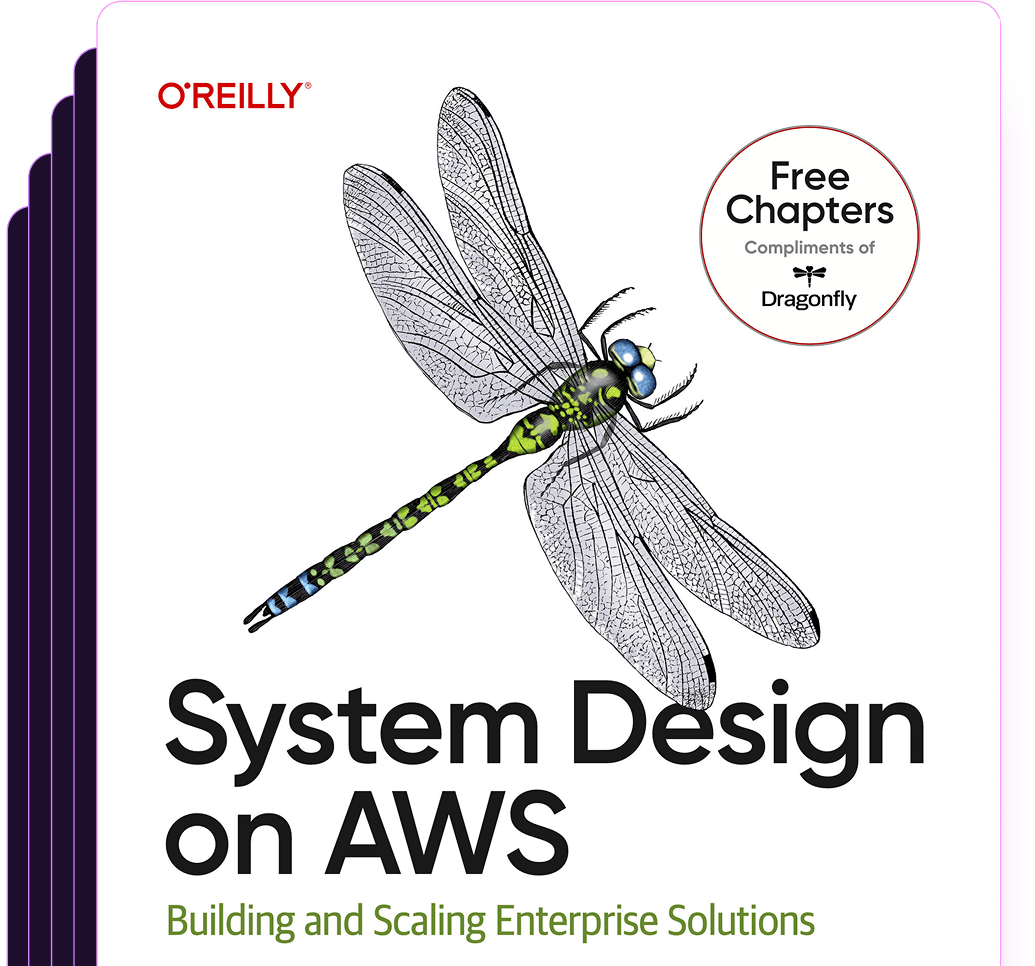Question: What are the differences between key-value and graph databases?
Answer
Key-value and graph databases are both types of NoSQL databases designed to handle different data models and use cases. Here's a comprehensive comparison:
Key-Value Databases
Definition: A key-value database stores data as a collection of key-value pairs, where a key serves as a unique identifier to access its corresponding value.
Use Cases:
- Session storage
- User profiles
- Configuration settings
Advantages:
- Simplicity: They are straightforward to use, with a simple API for storing and retrieving data.
- Performance: High performance for read/write operations due to their simple data model.
- Scalability: Easily scalable horizontally to handle high volumes of traffic.
Examples: Redis, Dragonfly, Amazon DynamoDB
Code Example: CODE_BLOCK_PLACEHOLDER_0
Graph Databases
Definition: Graph databases are designed to store entities (also known as nodes) and the relationships (edges) that connect them, facilitating efficient querying of complex interconnections.
Use Cases:
- Social networks
- Recommendation engines
- Fraud detection
Advantages:
- Efficient Relationship Queries: Can quickly traverse relationships between connected data points.
- Flexibility: Easily adaptable to changes in schema and relationships.
- Rich Data Models: Support complex, interconnected data models representing real-world scenarios.
Examples: Neo4j, Amazon Neptune
Code Example: CODE_BLOCK_PLACEHOLDER_1
Comparison Summary
While key-value databases excel in scenarios requiring high-speed access to simple data structures, graph databases stand out when dealing with complex, interconnected data and the need to perform deep relational queries. The choice between them depends on the specific requirements of your application, including the complexity of data relationships, scalability needs, and performance criteria.
Was this content helpful?
Help us improve by giving us your feedback.
Other Common Key-Value Databases Questions (and Answers)
- What are the disadvantages of key-value databases?
- What are the advantages of a key-value database?
- Is MongoDB a key-value database?
- How fast are key-value databases?
- What are the differences between key-value stores and relational databases?
- What is the difference between key-value and document databases?
- What are the characteristics and features of key-value store databases?
- What are the differences between key-value databases and Cassandra?
- When should a key-value database not be used?
- How do you design a database using key-value tables?
- Are key-value databases similar to tables in RDBMS?
- Is Redis a key-value store?
Free System Design on AWS E-Book
Download this early release of O'Reilly's latest cloud infrastructure e-book: System Design on AWS.

Switch & save up to 80%
Dragonfly is fully compatible with the Redis ecosystem and requires no code changes to implement. Instantly experience up to a 25X boost in performance and 80% reduction in cost